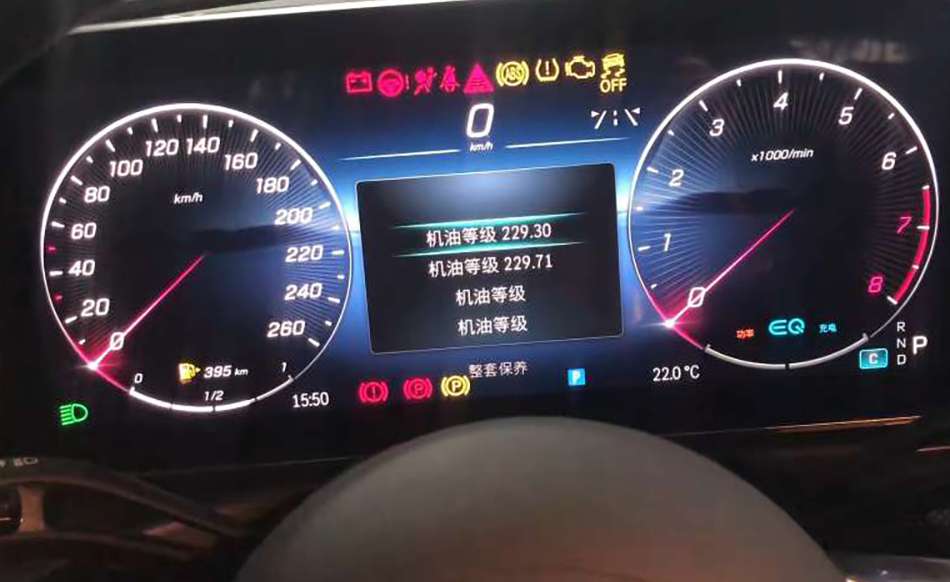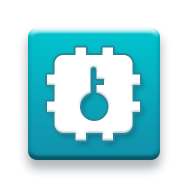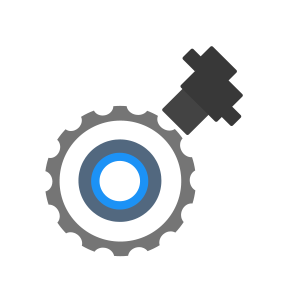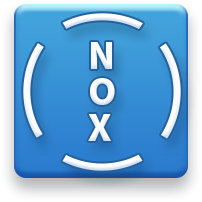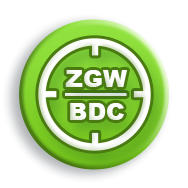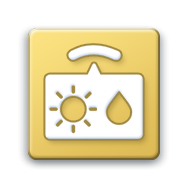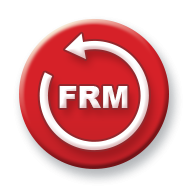OBD II Car Health Problems Fix
OBD (On-Board Diagnostics) is a system present in modern vehicles that monitors the performance and health of various components and systems in the car. It provides valuable information to mechanics and vehicle owners to diagnose issues and perform maintenance.
The OBD system is typically accessed through a diagnostic port, which is usually located under the dashboard or near the driver's side in the cabin. With the help of a diagnostic tool or scanner, you can connect to this port and retrieve information about the car's health.
Here are some key points about OBD car health diagnostics:
Diagnostic Trouble Codes (DTCs): The OBD system generates DTCs when it detects a problem in a specific component or system. These codes provide information about the nature of the issue and help in identifying the problem area.
OBD Scanners: An OBD scanner is a device that connects to the diagnostic port and communicates with the OBD system. There are various types of scanners available, ranging from basic code readers to advanced diagnostic tools that can retrieve detailed information about different parameters of the vehicle.
Check Engine Light: When the OBD system detects a fault that could affect emissions or overall vehicle performance, it often triggers the "Check Engine" light on the dashboard. The light indicates the presence of a DTC, and an OBD scanner can read the code to determine the underlying issue.
Live Data: OBD scanners can also access live data from various sensors and systems in real-time. This includes information such as engine RPM, coolant temperature, vehicle speed, oxygen sensor readings, and more. Live data can be useful for diagnosing intermittent issues or monitoring the performance of different components.
Readiness Monitors: OBD systems have readiness monitors that check if specific emissions-related systems or components are functioning properly. These monitors need to complete a set of tests before a vehicle can pass an emissions inspection. OBD scanners can provide information about the readiness status of these monitors.
OBD-II Standard: Most vehicles manufactured from the mid-1990s onwards use the OBD-II standard. It specifies the communication protocols and connector types for the OBD system, ensuring compatibility across different vehicle makes and models. OBD-II scanners are widely available and support a range of diagnostic functions.
Professional Diagnostics: While basic OBD scanners can read and clear DTCs, professional diagnostics may require more advanced tools or software. Automotive technicians and service centers often use specialized diagnostic equipment to access manufacturer-specific codes, advanced system information, and perform in-depth troubleshooting.
It's important to note that while OBD diagnostics can provide valuable information about a vehicle's health, they are not a substitute for professional mechanical expertise. If you encounter any issues with your car, it's recommended to consult a qualified mechanic or automotive technician for a comprehensive diagnosis and repair

